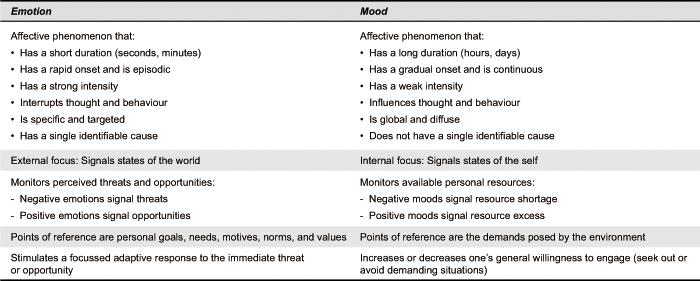
Physical changes may also influence a woman’s emotions. Hormonal changes in pregnancy can cause sudden shifts in mood, as well as feelings of anxiety and vulnerability. It also causes physical symptoms that are similar to those of PMS. Symptoms include extreme changes in mood, persistent irritability or anger, and depression or anxiety. It often co-occurs with depression or anxiety. It affects up to 5% of women of childbearing age. More than 90% of women report experiencing some PMS symptoms. PMS causes many symptoms just before the onset of a menstrual period. Females tend to be more prone to symptoms of hormonal changes than males, particularly during menstruation, pregnancy, and menopause.Ĭommon causes of mood swings in females include: Premenstrual syndrome (PMS) Hormonal shifts can lead to significant changes in mood.

Learn more about how MS can cause mood swings here. These changes can be direct (through alterations in hormones or brain function) or indirect (by triggering depression or anxiety).Įxamples of physical ailments that can lead to mood swings include: Physical health conditions, especially chronic or terminal illness, can have a major effect on a person’s mood. These symptoms must persist for 12 months or more for a diagnosis of DMDD.Įxcessive use of alcohol or drugs can affect mental health and lead to significant changes in mood.

PDD symptoms are not as severe as those of MDD, but they can significantly impact a person’s life and relationships. People with PDD experience long-term feelings of low mood that persist for at least 2 years. This form of depression was previously known as dysthymia. It is similar to bipolar disorder but is less severe and less frequent. CyclothymiaĬyclothymia, or cyclothymic disorder, is when someone experiences emotional highs and lows. However, they may have periods of happiness and good mood in between.

Most people with depression experience several episodes of low mood during their lives. People with MDD experience persistent feelings of sadness and a loss of interest in things they usually enjoy.ĭepression affects a person’s mood, everyday life, and relationships. MDD affects more than 16.1 million adults in the U.S. These highs and lows may occur rarely or several times each year.Īccording to the National Institute of Mental Health, 4.4% of adults in the United States will experience bipolar disorder at some point in their lives. Common mood-altering conditions that affect either sex include: Bipolar disorderīipolar disorder is when someone experiences periods of extreme emotional highs (mania) and lows (depression).


 0 kommentar(er)
0 kommentar(er)
